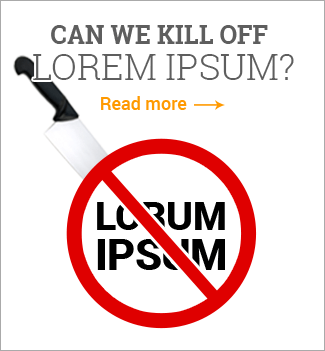
More than 88% of Internet users believe they are served poor content on the Web, according to an online poll conducted by Webcopyplus.
When asked to rate the overall quality of content on the Web, poll respondents selected the following options:
1. Poor 88.5%
2. Satisfactory 9.8%
3. Good 1.5%
4. Excellent 0.2%
A total of 480 Internet users participated in the web writing firm’s online poll during a four-month period that ended in April of 2008.
Subsequent interviews with web users revealed multiple common concerns, including:









